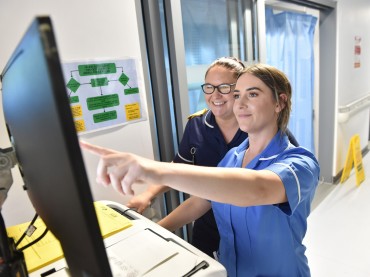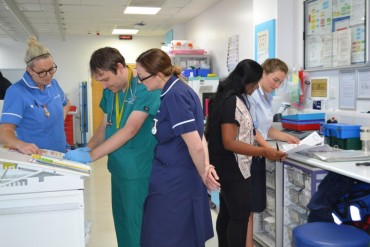The management of the Pathology directorate will ensure that all measures are taken to provide assurance to the users for the service provided, that the quality of the diagnostic data created by the individual laboratories within it is of the highest professional standard possible.
This is achieved by using a Quality Assurance Management System (QMS) and ensuring performance is monitored and measured against national and international standards relevant to the provision of a diagnostic laboratory service.
How do I know the laboratory has got my test results right?
There are many processes in place to ensure that laboratories do produce reliable, accurate and precise results. These have been instituted by the Government, the Department of Health, laboratory professional organisations and individual laboratories themselves to
Quality control
Pathology laboratories make considerable efforts to ensure their results are correct. Like other industries, they undertake quality control measures and compare their results with other laboratories undertaking the same type of test.
All departments participate in External Quality Assurance schemes or EQA. Most EQA is organised on a national basis, so laboratories can compare their results with others (up to about 200 for some tests) and with laboratories using the same test methods and equipment.
The laboratory’s performance is monitored by the relevant EQA body. If there is ongoing poor performance, the EQA body will contact the laboratory, identify the problem, and help to overcome any issues. If this fails to generate improvements, the organiser will report the matter to the Royal College of Pathologists.
Continuous improvement
In order to provide Pathology services which is focused on patient care and meets or exceeds the needs of its service users and patients, the laboratory management team is fully committed to achieving continual quality improvement in all areas of the laboratory.
We are able to do this through a variety of means such as:
- Audit
- Incident reporting
- Learning from incidents
- Trend analysis
- Quality management training
- Service user and patient surveys
- Training and competency assessment
- Control of change
- Assessment and mitigation of risk
- Creation of action plans using information gathered from all of the above, with feedback to service users and patients where appropriate



